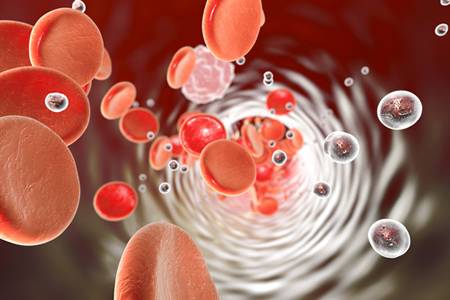Phase 2 clinical trials testing a new treatment for celiac disease are well underway and have shown it may be possible for patients with the celiac disease to reintroduce gluten back into their diets. The new treatment involves training the immune system to tolerate gluten by exposing the immune system to gliadin, a type of protein present in gluten.
Celiac disease is an autoimmune disease that sees the immune system attack healthy tissue in response to the presence of gluten. It is quite different from an intolerance, where small quantities of gluten can be consumed. With celiac disease, even small quantities of gluten trigger an autoimmune response. This can cause significant damage to the gut and other tissues, and typically causes weakness and fatigue through malabsorption of nutrients, nerve damage, dermatitis, bone loss, and cancer. Celiac disease affects 0.31% to 0.9% of children globally, 1-2% of children in Europe, and 0.4-0.95% of children in the United States.
At present, the only treatment for celiac disease is avoidance of gluten, although that is not always possible as gluten can find its way into all manner of products. The dietary changes required also place a significant financial burden on sufferers of the disease.
The treatment involves giving patients biodegradable nanoparticles containing a gliadin core. The nanoparticle protects the gliadin core from the immune system, preventing it from being attacked. When the nanoparticles are consumed by macrophages in the blood stream, it exposes the allergen to the immune system. By exposing the allergen to the immune system in this way, it tells the immune system that the gliadin is safe. This causes the immune system to be reset so that it gluten will no longer trigger an autoimmune response.
The initial findings of the phase 2 clinical trial were announced at the European Gastroenterology Week conference in Barcelona in October. Patients who underwent treatment experienced a far less severe autoimmune response compared to patients given a placebo.
This new treatment could greatly improve the lives of patients and could allow them to introduce small quantities of gluten into their diets. The use of the technology for treating celiac disease initially made sense as it is known exactly what triggers the autoimmune response – the presence of gluten in the die – but it has many other potential applications. It could potentially be used to train the immune system of patients with multiple sclerosis not to attack the myelin coating of nerves, or even as a treatment for Diabetes Type 1 patients, where the immune system is trained not to attack pancreatic beta cells.
